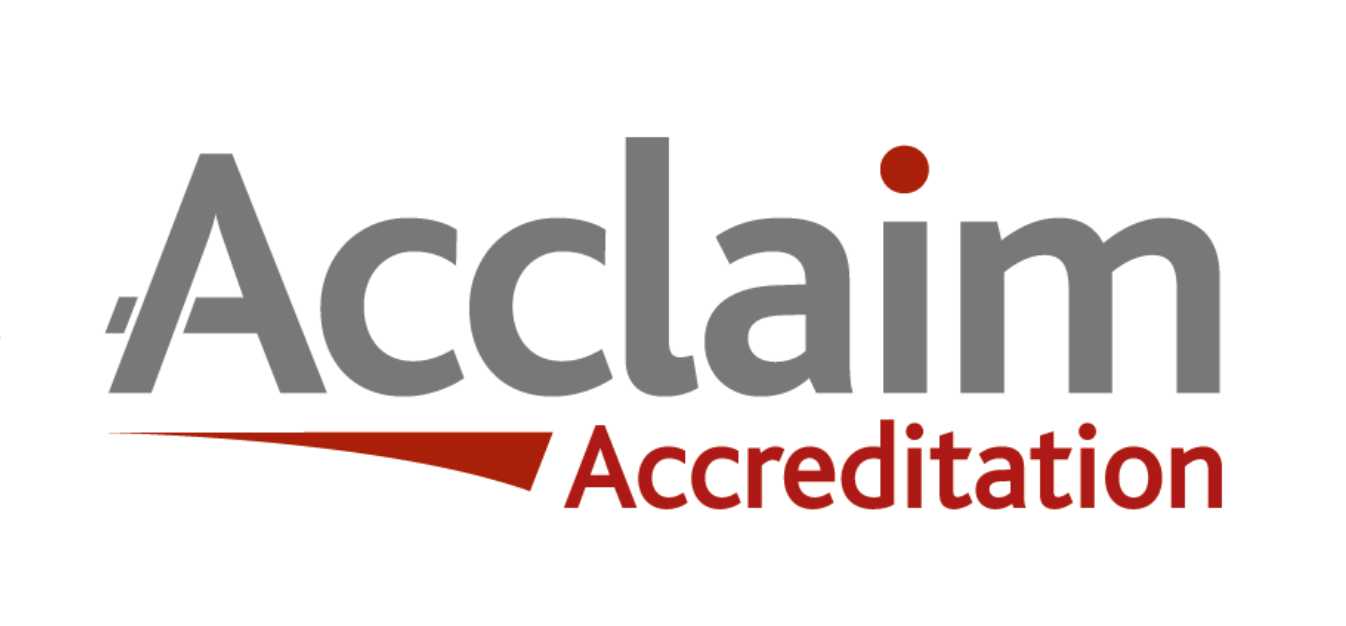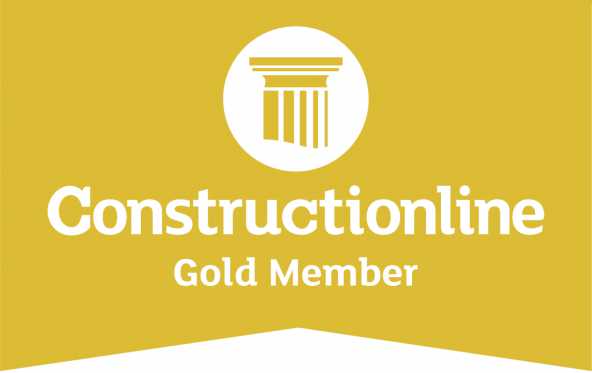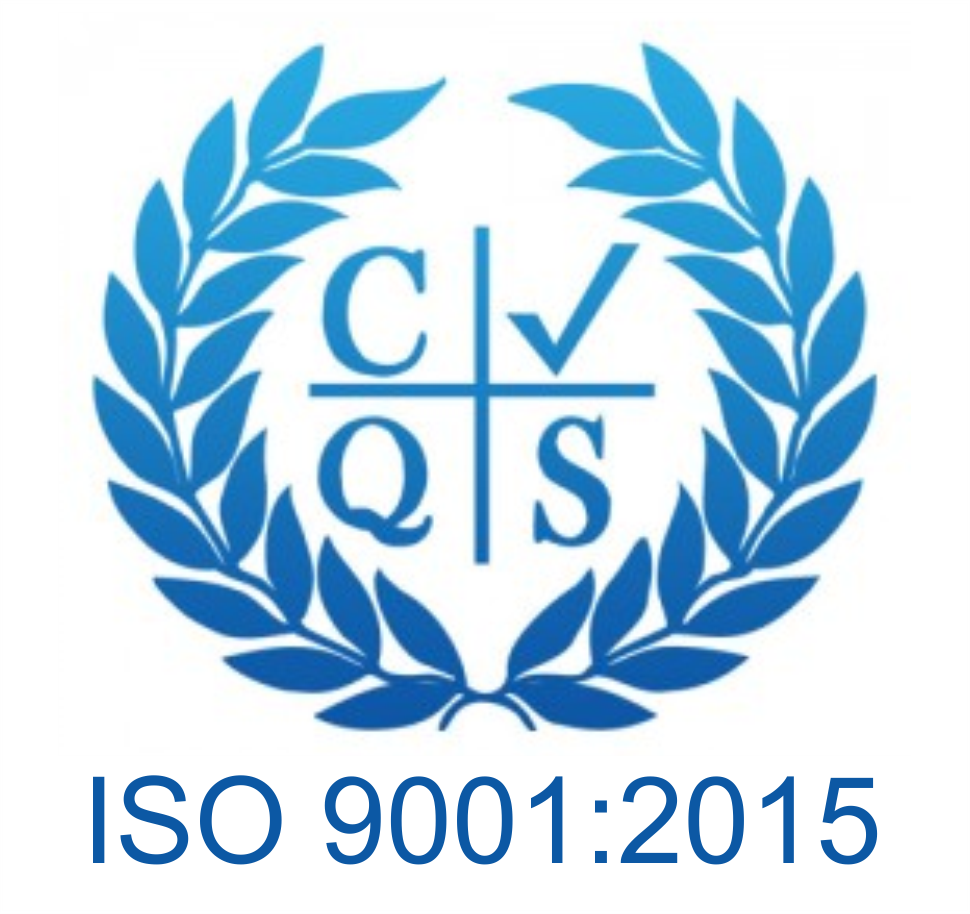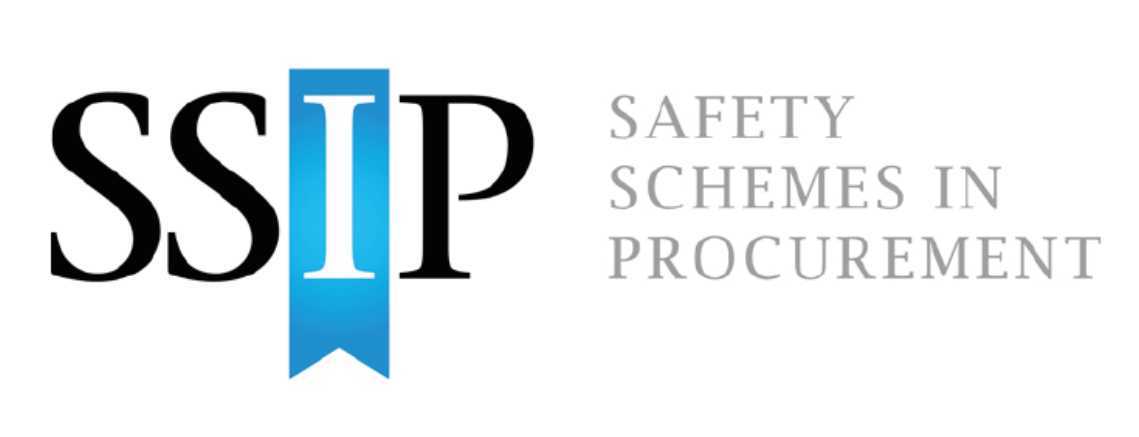Innovative Products
Using our experience to design products to satisfy your needs, to make your job easier

Using our experience to design products to satisfy your needs, to make your job easier
High quality sustainable water management products designed and manufactured in the UK
We are committed to provide full technical support in line with current legislation & guidance
If you work on developments in the UK, you have probably heard a few confident claims about SuDS that do not stand up to scrutiny. Myths often lead to overbuilt systems, missed planning opportunities, and avoidable maintenance headaches. In this article, you will find clear, practical answers to the most common misconceptions about sustainable drainage, long-term costs, and compliance. Use these insights to de-risk your scheme, protect budgets, and keep approvals moving.
It is easy to assume that concrete pipes and a single outfall are the straightest route to completion. In practice, they can push problems downstream, raise peak flows, and trigger tougher conditions from lead local flood authorities.
SuDS take a different approach. They slow, store, and clean water at source, which reduces flood risk and improves water quality. That often unlocks leaner downstream infrastructure and a smoother path through planning. You still need conveyance capacity, but with controlled discharge via a flow control chamber or orifice plate, the storage volume upstream can be optimised. For many sites, this results in smaller structures and fewer unexpected upgrades to existing connections.
Short answer, not if you choose the right components and plan access from day one. The most common cost driver is preventable silt build up. If you intercept silt, grit and debris near the source and make it easy to empty, maintenance is predictable and low cost.
Consider these simple design choices:
Put treatment first. A dedicated silt trap chamber or catchpit removes sediment before it reaches storage.
Separate functions. Keep flow control devices accessible in a dedicated chamber so inspections are quick and safe.
Design for safe lifting. Use standard covers, clear lifting points, and workable depths for routine operations.
With these basics in place, modern systems have modest upkeep needs. Vortex devices have no moving parts, geotextile membranes protect sub-bases from fines, and prefabricated chambers reduce infiltration risk. The result is a system that retains capacity and performance without constant intervention.
Performance is a function of hydraulic design, not the label on the drawing. Attenuation storage, controlled discharge, and reliable overflow routes are the backbone of any flood mitigation strategy. SuDS add infiltration and treatment to that backbone.
When you combine robust upstream storage with a calibrated control, you lower peak flows and protect downstream assets. Storage can be delivered through geocellular units, sub-base reservoirs under permeable paving, or ponds lined with a durable geomembrane. With a well placed overflow, exceedance is managed on safe routes across the site. This is why many risk assessments now mandate SuDS features to meet both quantity and quality objectives.
They do, and in many regions they are a planning requirement. In England, the Non-Statutory Technical Standards for SuDS sit alongside the National Planning Policy Framework. In Scotland, WAT-RM-08 and local guidance apply. Wales and Northern Ireland have their own frameworks. Across the UK, the direction of travel favours multi benefit SuDS.
To achieve compliance, focus on:
Greenfield or agreed brownfield discharge rates.
On site attenuation sized for the design storm events, including climate change allowances.
Water quality treatment stages proportionate to contaminant risk.
Exceedance routing that keeps people and property safe.
A well designed SuDS scheme meets these requirements with fewer uncertainties. Prefabricated flow control chambers make it easier to evidence the permitted discharge, while silt management upstream supports water quality objectives.
Space is a design choice. If land is constrained, you can store water below ground and keep the surface usable. Under car parks or courtyards, shallow crate systems or sub-base storage beneath permeable paving provide significant volume without sacrificing footprint. Where space is available, above ground features such as rain gardens or ponds can double as landscape amenities and biodiversity enhancements.
The most efficient layouts mix both. Put early treatment and access near the surface, then place bulk storage where programme and logistics allow. The key is integrating drainage early in the masterplan so utilities, structure, and landscape work together.
Uncertainty usually comes from unclear maintenance responsibilities and inaccessible components. You can fix both. Agree inspection intervals and cleaning procedures in the O&M manual. Specify chambers with safe, direct access. Provide bypasses for exceedance and isolation points for safe working. With those items documented, you can forecast costs with confidence.
Confirm the target discharge rates and climate change uplift at concept stage.
Size storage using a transparent method and list assumptions in your report.
Place silt controls upstream of storage and ensure easy access.
Keep controls in dedicated chambers with clear identification and record drawings.
Define exceedance routes and show levels that support them.
Build a realistic maintenance schedule that your client can own.
Factory built chambers and storage assemblies reduce risk on site. Quality controlled welds, consistent tolerances, and tested watertightness simplify both installation and approval. They also shorten programmes because excavation time and in situ build steps are reduced. When combined with software derived sizing and drawings, you get traceable, repeatable outcomes that satisfy stakeholders.
What are common misconceptions about SuDS? That they are ornamental rather than functional, that they cost more to maintain than pipes, and that approvals are harder to obtain. In reality, SuDS deliver reliable hydraulic performance, reduce downstream works, and are well supported by UK policy.
Are advanced drainage solutions expensive to maintain? Not if you design for treatment first, provide access, and select low maintenance controls. The main cost driver is sediment. Control that, and whole life costs are competitive, often lower.
Do sustainable systems meet all UK regulations? Yes, provided you design to local and national standards, justify discharge rates, deliver adequate storage, and include water quality treatment. SuDS are widely encouraged or required across the UK.
If you are exploring storage options for a tight site, review attenuation tank design and selection to match discharge constraints and programme needs using an attenuation tank. For projects that rely on infiltration at source, modern soakaway crates can be sized and detailed to protect surrounding soils and structures. If your scheme needs precise control at the outfall, a vortex flow control chamber provides stable discharge without moving parts and supports straightforward maintenance.
SuDS are practical, compliant, and cost effective when you get the fundamentals right. Treat the water before storage, control discharge with proven devices, plan exceedance, and make maintenance easy. Done this way, sustainable drainage protects budgets and programmes while meeting UK regulatory expectations. If you would like support with catchment analysis, hydraulic sizing, or component specification, our engineering team can help you translate policy into buildable details and deliver a system that works on day one and year ten.





